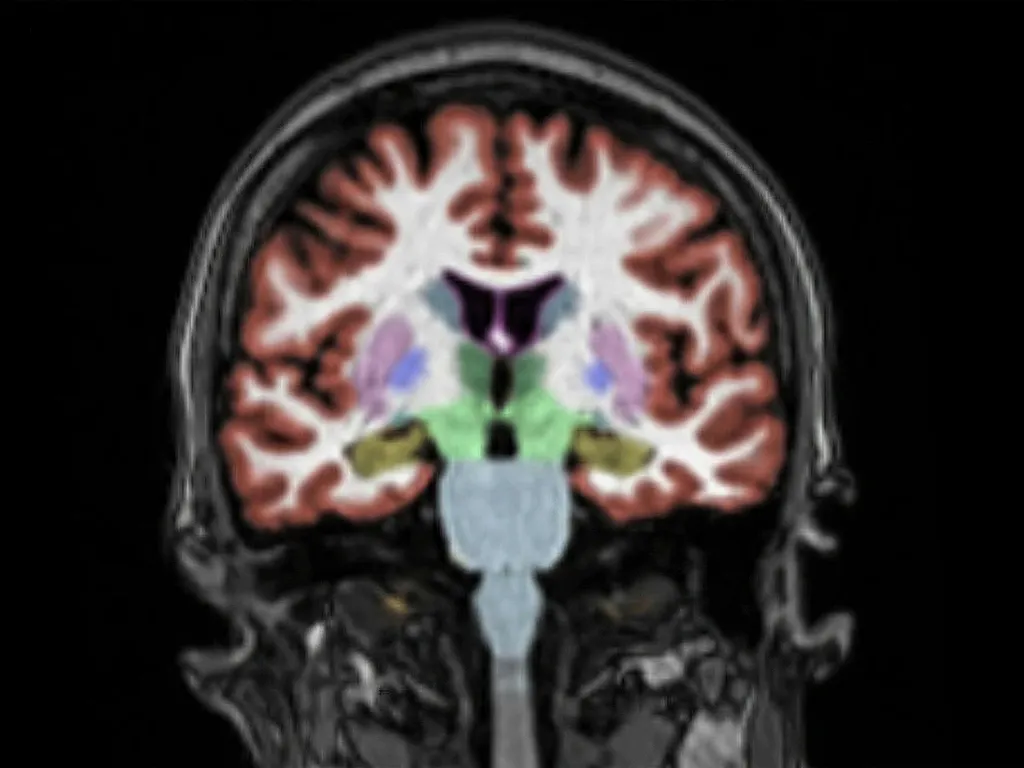For more than 20 years, scientists have known that people with high blood pressure, diabetes, high cholesterol or obesity are more likely to develop Alzheimer's disease. These conditions can affect the brain, damage blood vessels and lead to stroke. However, despite the great efforts of researchers, the link between vascular disease in the brain and Alzheimer's disease remains unexplained.

Now, a study led by researchers at Columbia University's wagelos School of medicine and surgeons has found a possible mechanism. This study found that a gene named FMNL2 linked cerebrovascular disease and Alzheimer's disease, and showed that the change of FMNL2 activity caused by cerebrovascular disease hindered the effective clearance of toxic proteins in the brain, and eventually led to Alzheimer's disease.
This finding may lead to a way to prevent Alzheimer's disease in patients with high blood pressure, diabetes, obesity or heart disease.
Senior author Dr Richard Meyers, chairman of Neurology at Columbia University and the New York Presbyterian / Columbia University Irving medical center, said: "we have not only found a gene, but also a potential mechanism. People have been trying to figure out this problem for decades, and I think we have now stepped on this door. We feel that there must be other genes involved, and we have just touched the surface."
Mayeux and his colleagues found FMNL2 in a genome-wide search, aiming to find genes related to vascular risk factors and Alzheimer's disease. The search involved five groups of patients representing different ethnic groups.
During the analysis, one gene, FMNL2, stood out. But its possible role is unclear. At this time, Dr. caghan Kizil, a visiting associate professor at Columbia University, used his expertise in zebrafish as a model organism for Alzheimer's disease.
FMNL2 and blood brain barrier
"We found such a gene, FMNL2, which is located at the interface between Alzheimer's disease and cerebrovascular risk factors in the brain," Kizil said. "So we have an idea that FMNL2 may operate in the blood-brain barrier, where brain cells connect with blood vessels."
Blood brain barrier (BBB) is a semi permeable and highly controlled boundary between capillaries and brain tissue as a defense against pathogenic pathogens and toxins in blood. Astrocytes are a special type of brain cells, which form and maintain the structure of blood-brain barrier by forming protective sheath around blood vessels. This astrocyte sheath needs to be loosened to remove toxic amyloid, a protein aggregate that accumulates in the brain and causes Alzheimer's disease.
The zebrafish model confirmed the existence of FMNL2 in the astrocyte sheath. Once the toxic protein is injected into the brain, it will withdraw its control over blood vessels, presumably to assist in the clearance process. When Kizil and his colleagues blocked the function of FMNL2, this retraction did not occur, thus preventing the clearance of amyloid from the brain. Later, the researchers confirmed the same process with transgenic mice with Alzheimer's disease.
The same process can occur in the human brain. Researchers studied the brain after death and found that the expression of FMNL2 increased in patients with Alzheimer's disease, while the blood-brain barrier was destroyed and astrocytes retracted.
Based on these findings, the researchers proposed that FMNL2 can open the blood-brain barrier by controlling its astrocytes and promote the clearance of extracellular aggregates from the brain. However, cerebrovascular disease reduces the clearance of amyloid in the brain by interacting with FMNL2.
The team is currently investigating other genes that may be involved in the interaction between Alzheimer's disease and cerebrovascular disease. Together with FMNL2, these genes may provide a method for future drug development.